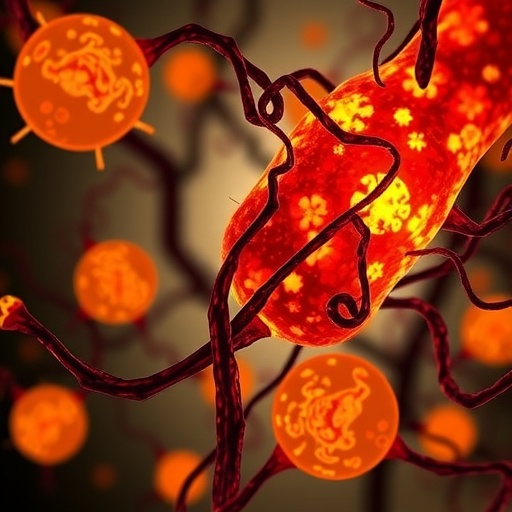Fresh insights into the types of cells found in the brains of people with multiple sclerosis could help develop improved therapies, research has found.
The study focused on cells in the brain that help to repair damage to nerve cells caused by the disease.
Researchers identified various types of these cells – called oligodendrocytes. People with MS have different types of oligodendrocytes than healthy people, the study found.
The findings could shed new light on how the disease progresses and could also help scientists develop treatments.
Experts from the University of Edinburgh and the Karolinska Institute in Sweden analysed post-mortem brain samples from five people without neurological disease and four people with the most advanced form of multiple sclerosis, called progressive MS.
Working with researchers from the healthcare company Hoffmann-La Roche, the team used an advanced genetic analysis technique called single nuclear RNA-Seq.
This technique provides a snapshot of all the genes that have been switched on in a single brain cell, providing insights into how each individual cell functions.
By doing this on thousands of brain cells, the approach can build a detailed picture of all the cell types that are present in the brain from that person.
The researchers found there are several types of oligodendrocytes, and that the ratio of these cells in people with MS differs from healthy people.
These differences suggest the oligodendrocytes are functioning differently in the brains of people with MS, which might be key to understanding how disease progresses, the researchers say.
MS occurs when the protective sheath that surrounds nerve cells – called myelin – becomes damaged. This means that nerve cells cannot transmit signals around the body as effectively. It also leaves nerve cells vulnerable to damage, and eventually the nerves can die.
Oligodendrocytes are found in the brain and spinal cord where they repair damaged myelin. In people with MS, this process does not work as well as in healthy people.
Many treatments under development for MS are designed to target oligodendrocytes in the hope of boosting myelin repair.
Studies with mice had previously identified several types of oligodendrocytes in the mouse brain, suggesting each have slightly different functions. This is the first study to show that people also have several types of oligodendrocytes in the brain.
Researchers say the differences in types of oligodendrocytes they found in people with MS might explain why their myelin repair process does not work as well.
The study also found people have and different types of oligodendrocytes than mice. The findings suggest the cells may work differently in each species. This could have important implications for how findings from mouse studies of MS are interpreted.
Multiple sclerosis is a lifelong condition that causes balance problems, fatigue and progressive disability. Around 2.5 million people are living with the condition worldwide. There are currently no treatments for the progressive form of the disease.
The study, published in Nature, was funded by the UK MS Society, the European Union and the European Research Council. The European Committee for Treatment and Research of Multiple Sclerosis and the Wellcome Trust also funded the research, among others.
Professor Charles ffrench-Constant, of the Medical Research Council Centre for Regenerative Medicine at the University of Edinburgh, said: “We found that oligodendrocytes are a diverse population of cells and that different types are likely to have different functions in the brain.”
Professor Anna Williams, of the Medical Research Council Centre for Regenerative Medicine at the University of Edinburgh, said: “Understanding which types of oligodendrocytes are most beneficial in repairing myelin will be crucial for maximising the chances of developing much-needed treatments for MS.”
Associate Professor Gonçalo Castelo-Branco, of the Karolinska Institute, said: “Our findings highlight the power of this technology to study the mechanisms of human diseases such as MS. We predict that the widespread use of this technology with larger numbers of samples will further enhance our understanding of MS.”
Dr Susan Kohlhaas, Director of Research at the MS Society, said: “More than 100,000 people in the UK have MS, and many of them are still without effective treatments. Those living with progressive forms of MS desperately need new options that repair myelin damage and halt progression.
“We believe that one day we can stop MS and projects like this are going to make that happen more quickly.”
###
Media Contact
Jen Middleton
[email protected]
44-131-650-6514
http://dx.




